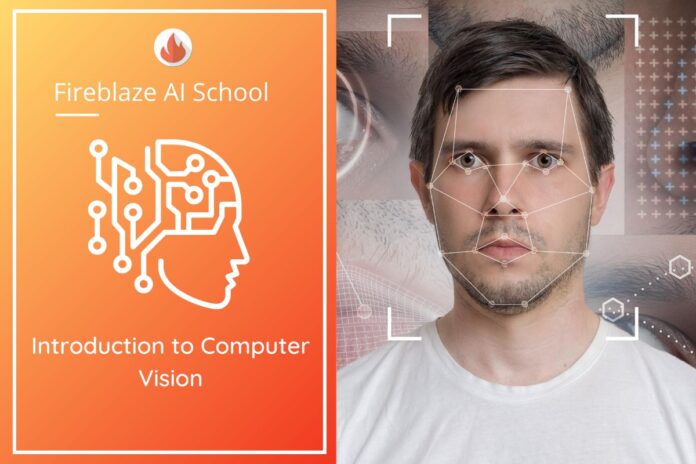Table of Contents
Introduction
Computer Vision, often abbreviated as “CV”. The problem is it appears simple because it is trivially solved by people, even every young child. But, it not limited largely research on biological vision and because of the complexity of visual perception in a dynamic and nearly infinitely varying physical world.
Now, increasing the trend of CV technology in the field of artificial intelligence. Those have a number of applications such as the financial sector, health department, and many fields. These include developing non-invasive health care treatments to self-driving vehicles and online shopping experiences.
Nowadays the internet as a part of life, most people have better smartphones with good cameras as a triple camera with AI. Taking a photo or videos and upload on social networking so that increase the image volume on the internet.
The Internet is comprised of text and images. It is relatively straightforward to index and searches text, but in order to index and search images, algorithm needs to know at the images contain.
To get the most out of image data, we need computers to “see” an image and understand the content.
In this article, we will explain what computer vision, and its major application.
What is Computer Vision?
It is a branch of artificial intelligence that enables computers to see and identify images, processing them as humans would. In other words, Computer Vision in the field of study surrounding how computers see and understand digital images and videos.
To accurately identify and classification using the images from cameras and videos.
The goal of computer vision is to understand the content of digital images. Typically, this involves developing methods that attempt to reproduce the capability of human vision.
Understanding the image through a deep learning algorithms may involve extracting information from imagen which may be an object, a text description, conversion of 2D to 3D model, and many more.
Computer vision is the automated extraction of information from images. Information can mean anything from 3D models, camera position, object detection, and recognition to grouping and searching image content.
How Does Computer Vision Work?
CV it deals with the analysis of an image. In the CV process, image as input and output is the interpretation of an image by using deep learning algorithms such as Convolutional Neural Network CNN, R-CNN and many more. Computer vision works by identifying different components in the images.
Following Some important components are then analyzed.
A simple application identifying the image segmentation.
CV application enables pattern recognition or shapes to be identified.
Widget not in any sidebars
Challenges of Computer Vision
- Enabling a machine to be able to see, and process what it sees, like a human , is difficult. But at the end of technology, we are still learning exactly how human vision works.
- CV involves resolving issues such as object detection, image segmentation, object classification. A successful CV system will be able to identify the key points or landmarks in a photo.
- Image segmentation, identifying the pixels in as image is also key to successful object recognition. Other advanced applications the creation or conversion of a 3D model to 2D or 2D to 3D images, video are also problematic. Not easy like object classification.
- If you working on the velocity of objects in the video that time require the accurate motion analysis.
These issues must all be resolved if computer vision is to continue growing in importance and value.
Computer Vision Application
- CV applications spread the various field, such as the medical field, Automobile Industries, Robotics, Agriculture field, and so on.
- The range of CV applications from the self-driving car to the face recognition system.
- computer vision develops an accurate a image classification that tools used in face lock in smart mobile.
- Augmented and mixed reality technologies are increasingly being implemented in smartphones and tablets.
- Additionally, smart glasses are also becoming more widely available.
All of this requires computer vision to help determine the location, detect objects, and establish the depth or dimensions of the virtual world.










